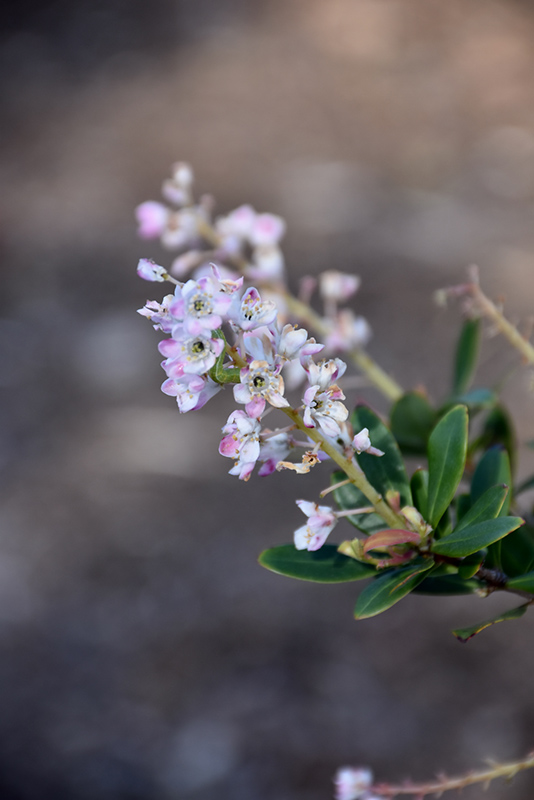Chipolo Pink Titi Tree
Description
An unusual and attractive large shrub or small tree, presenting terminal clusters of beautifully fragrant pink flowers in mid-spring; a bushy native that resembles wax myrtle when not in bloom; takes pruning well; great in groupings or as a specimen
Landscape Attributes
Chipolo Pink Titi Tree is a multi-stemmed evergreen shrub with a shapely oval form. Its average texture blends into the landscape, but can be balanced by one or two finer or coarser trees or shrubs for an effective composition.
Chipolo Pink Titi Tree is recommended for the following landscape applications;
Planting & Growing
Chipolo Pink Titi Tree will grow to be about 15 feet tall at maturity, with a spread of 8 feet. It has a low canopy with a typical clearance of 1 foot from the ground, and is suitable for planting under power lines. It grows at a medium rate, and under ideal conditions can be expected to live for 40 years or more.
This shrub does best in full sun to partial shade. It is quite adaptable, prefering to grow in average to wet conditions, and will even tolerate some standing water. It is not particular as to soil type, but has a definite preference for acidic soils, and is subject to chlorosis (yellowing) of the foliage in alkaline soils. It is somewhat tolerant of urban pollution. This is a selection of a native North American species.; however, as a cultivated variety, be aware that it may be subject to certain restrictions or prohibitions on propagation.
Chipolo Pink Titi Tree makes a fine choice for the outdoor landscape, but it is also well-suited for use in outdoor pots and containers. Because of its height, it is often used as a 'thriller' in the 'spiller-thriller-filler' container combination; plant it near the center of the pot, surrounded by smaller plants and those that spill over the edges. It is even sizeable enough that it can be grown alone in a suitable container. Note that when grown in a container, it may not perform exactly as indicated on the tag - this is to be expected. Also note that when growing plants in outdoor containers and baskets, they may require more frequent waterings than they would in the yard or garden. Be aware that in our climate, this plant may be too tender to survive the winter if left outdoors in a container. Contact our experts for more information on how to protect it over the winter months.

